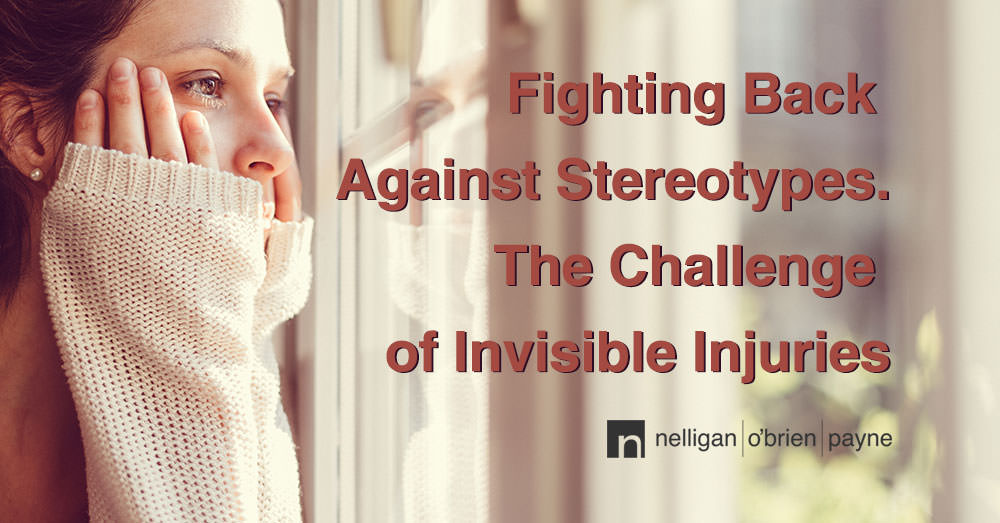Anyone who has suffered from chronic pain or a traumatic brain injury will understand why these are sometimes called “invisible injuries”. While everything may appear to be fine on the outside, daily life can be a painful struggle.
Struck jury?
The ruling of Justice Smith in McLeish v. Daines serves as a reminder to counsel to ensure that they refrain from making inflammatory comments to the jury. The decision also leaves us wondering: how far will a defence counsel be permitted to go without a jury being struck?
In McLeish, the plaintiff alleged that if it wasn’t for her motor vehicle accident, she would have gone on to a career as a police officer. She sought damages for loss of future income.
The expert witness for the defence, Dr. Shanks, confirmed that he was not calling the plaintiff a liar, and agreed that she was suffering from chronic pain. Notwithstanding this admission, counsel for the defendant argued in his closing address to the jury that the plaintiff’s case was just a “cash grab”. It should be noted that certain comments made by counsel for the plaintiff were also called into question; however, the Trial Judge did not find it necessary to instruct the jury with respect to those comments.
The Trial Judge, Justice Smith, found defence counsel’s comments to be inflammatory and prejudicial, as they implied that the plaintiff was dishonest about her injuries in order to obtain money. Nevertheless, Justice Smith declined to strike the jury, and instead opted to instruct the jury members to disregard the comment and base their findings on the evidence heard at trial.
In contrast, where defence counsel referred to a plaintiff as having told “whoppers”, this was found to be inflammatory by the Ontario Court of Appeal and was, in part, sufficiently prejudicial to warrant the striking of a jury. In that case, Landolfi v. Fargione, it is likely that the Court’s primary concern was the fact that defence counsel also intimated that the actual defendant was an insurance company with considerable assets.
Defence counsel’s comments highlight the challenge faced by plaintiffs who suffer from debilitating but invisible injuries. Notwithstanding the extensive body of research confirming the existence and validity of chronic pain, insurance companies continue to attack the credibility of plaintiffs.
Surveillance evidence
In another recent Ottawa jury case, Nemchin v. Green, counsel for the defendant sought to admit surveillance that was reported to depict the plaintiff as she went about her various daily activities without any manifestation of symptoms.
The plaintiff suffered from post-traumatic stress disorder, which one expert had described as an “invisible” condition. As such, it was the plaintiff’s position that it would be highly prejudicial if the video was presented to the jury. In this particular case, the surveillance evidence had not been reviewed by any of the expert witnesses from whom the jury would hear evidence.
Due in large part to issues with respect to how the videos were edited, the Trial Judge found that they were inadmissible. Nevertheless, the Trial Judge also went on to opine that the surveillance videos had minimal probative value, and would not have been admissible regardless. She was not prepared to take judicial notice (i.e. accept something as fact without evidence) that a stereotype existed in society with respect to an invisible illness.
As in these cases, our Personal Injury Group will fight to ensure that your invisible injuries are not overlooked and that you will have a fair trial.



